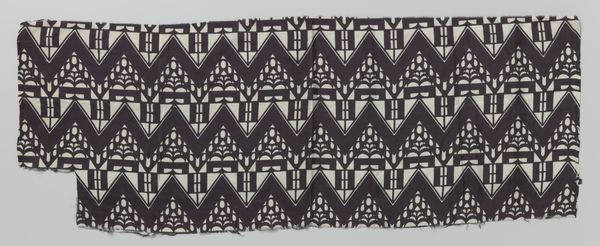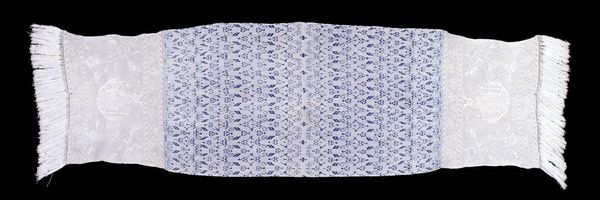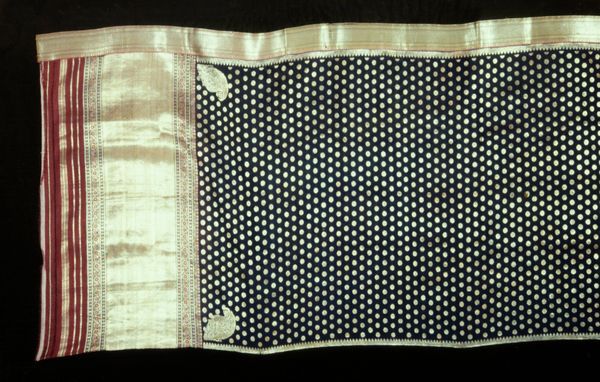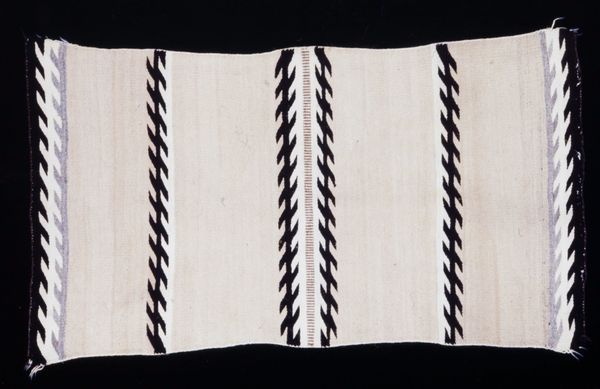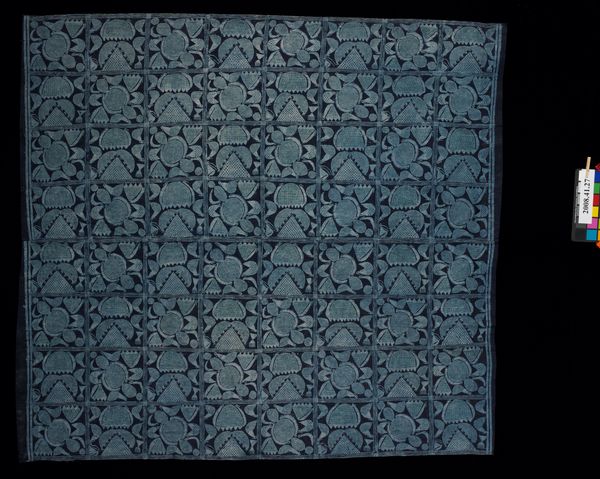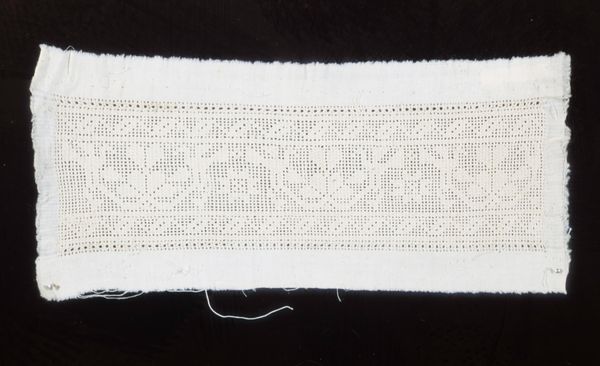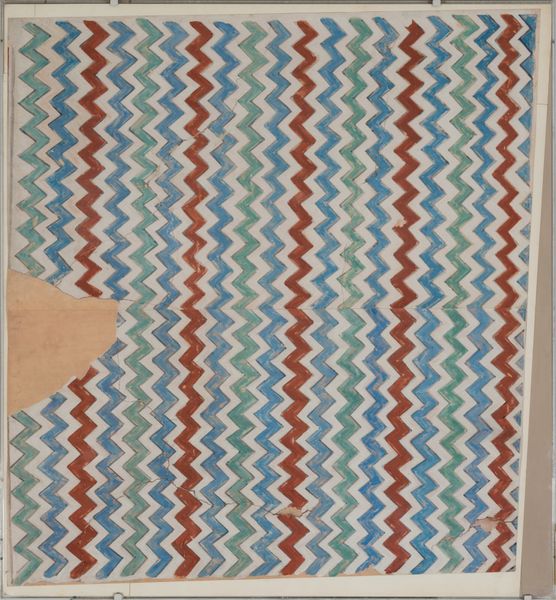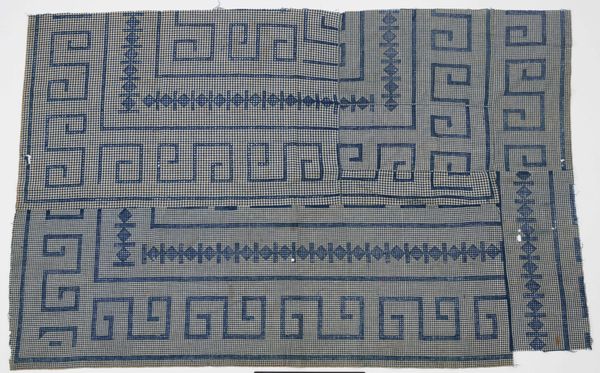
textile, cotton
#
african-art
#
textile
#
geometric pattern
#
geometric
#
pattern repetition
#
cotton
Dimensions: 308 x 41 in. (782.3 x 104.1 cm)
Copyright: Public Domain
Editor: Here we have a Royal Cloth made by the Bamileke people, likely sometime in the 20th century. It’s made of cotton, featuring really fascinating geometric patterns in blue and white. It's very striking. What can you tell me about this piece? Curator: Looking at the "Royal Cloth," my immediate focus is on the labor embedded in its production. This isn't just a textile; it’s a product of a complex social and economic system. Consider the cotton: where did it come from? How was it processed? The indigo dye – how was that produced and what resources were required to procure it? Editor: That's really interesting, I hadn’t thought about the dye having a history. Curator: Exactly. Now, think about who actually wove this. Was it full-time weavers or something crafted between other labor, farming, and home making? Were there particular guilds involved in the creation process? This cloth wouldn't just be cloth, but would have inherent symbolic capital. Royal cloth implies specialized labor for consumption by elites. Does knowing its end user shift how you perceive the techniques? Editor: Definitely! Knowing it’s royal changes things. I wonder how the pattern came to be? Curator: Precisely. The pattern is important. We should be asking whether they're traditional motifs, or were they specially commissioned by that consumer? Editor: It makes me rethink how I look at textiles. It is all so interwoven. Curator: Absolutely. By exploring these aspects, we uncover not just the artistry, but also the tangible history embedded within its very threads. And what these people chose to make at all.
Comments
minneapolisinstituteofart about 2 years ago
⋮
In Cameroon, a Baileke king surrounds himself with elaborate visual displays that declare his economic, political, and religious power. Large ndop cloths (this one is 25 feet long) are used to distinguish royal ritual spaces and often provide a backdrop for an appearance by the king. Ndop is made from strip-woven cotton assembled into a larger textile. The designs are stitched using raffia thread and the fabric is dyed in indigo. The stitching is then carefully removed to reveal the white geometric pattern. Bamileke designs combine cultural and animal motifs; the images depicted on this particular cloth include kola nuts, crocodile scales, and hunting nets.
Join the conversation
Join millions of artists and users on Artera today and experience the ultimate creative platform.

